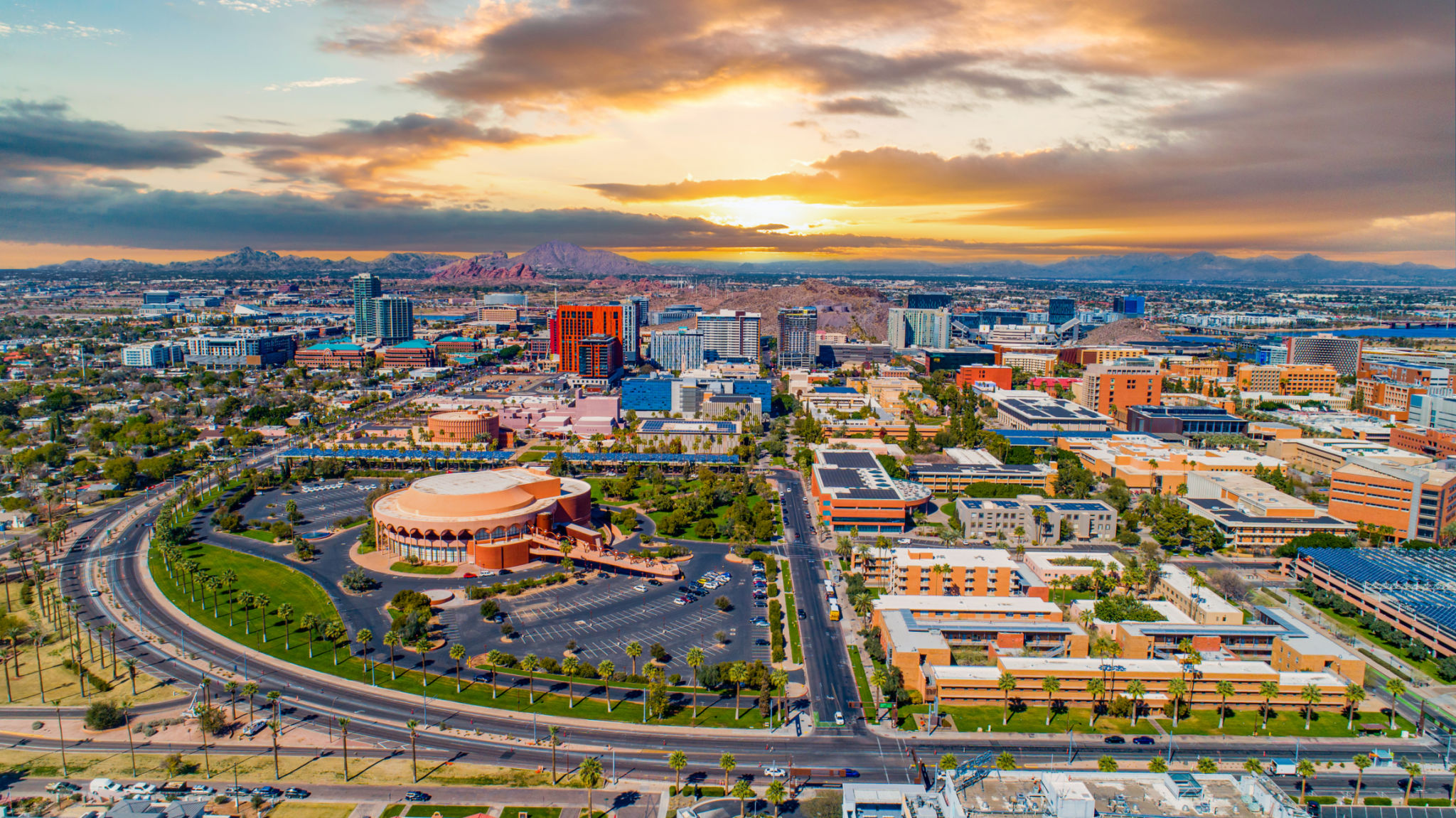Seasonal Immigration Trends: How Migration Patterns Affect Arizona
Understanding Seasonal Immigration Trends in Arizona
Arizona, with its unique geographical location and economic opportunities, experiences distinct seasonal immigration trends that greatly impact its social and economic landscape. These patterns are influenced by various factors such as climate, job availability, and international policies. Understanding how these trends operate is crucial for policymakers, businesses, and residents alike.

The Role of Climate in Migration Patterns
The harsh summer temperatures in Arizona, particularly in the southern parts of the state, often act as a deterrent for some migrants. Conversely, the mild winter climate attracts many individuals, especially those from colder regions seeking temporary refuge. This influx typically includes a mix of labor migrants and retirees, contributing to what is often referred to as "snowbird" migration.
This seasonal movement of people can be observed in urban areas like Phoenix and Tucson, where the population swells during the cooler months. The seasonal increase in population can lead to a temporary boost in local economies as these migrants contribute to various sectors such as retail, hospitality, and healthcare.

Economic Impacts of Seasonal Migration
Seasonal immigration has a profound impact on Arizona's economy. The influx of migrants during peak seasons creates a surge in demand for goods and services. Businesses often see increased sales and may hire additional staff to accommodate the growing customer base. This trend is particularly noticeable in sectors like agriculture, where seasonal workers are crucial for the harvest period.
However, challenges also arise from this pattern. The increased demand can strain infrastructure and public services, leading to congestion and resource allocation issues. Additionally, after the peak season, businesses may face a sudden drop in demand, requiring strategic planning to maintain stability.

Influence of International Policies
International immigration policies greatly affect Arizona's seasonal migration trends. Changes in visa regulations, border security measures, and diplomatic relations can either facilitate or hinder the movement of people across borders. Arizona's proximity to Mexico makes it particularly sensitive to shifts in U.S.-Mexico relations.
Recent policy changes have seen fluctuating patterns of migration, with some seasons experiencing higher than usual numbers due to relaxed regulations or economic opportunities in the U.S. Conversely, stricter policies can lead to a noticeable decline in seasonal migrants.
Social and Cultural Implications
Beyond economic factors, seasonal immigration influences Arizona's social and cultural fabric. The influx of diverse groups during different times of the year enriches the cultural landscape of the state. Festivals, culinary exchanges, and cultural events become more vibrant as communities celebrate their heritage.
This diversity also brings challenges, such as ensuring social integration and addressing potential cultural tensions. Local governments and community organizations play a key role in fostering inclusive environments that celebrate diversity while promoting social cohesion.
Preparing for Future Trends
As climate change continues to alter weather patterns globally, Arizona may see shifts in its traditional migration trends. Warmer winters elsewhere could reduce the number of "snowbirds," while increasing economic instability in other regions might boost migration.
For Arizona to thrive amidst these changes, it is essential to develop adaptive strategies that balance growth with sustainability. This includes investing in infrastructure, enhancing public services, and maintaining open dialogues with both domestic and international communities.

In conclusion, the seasonal immigration trends in Arizona are a complex interplay of environmental, economic, and political factors. By understanding these dynamics, stakeholders can better prepare for future shifts and leverage them to benefit both the state and its diverse population.
